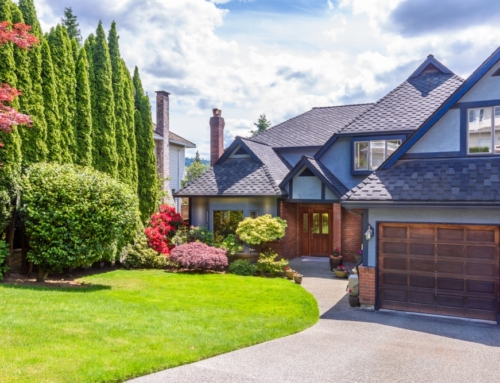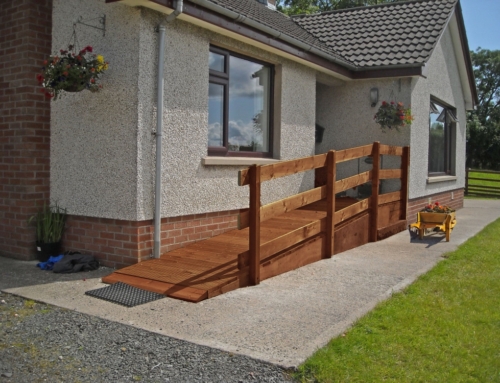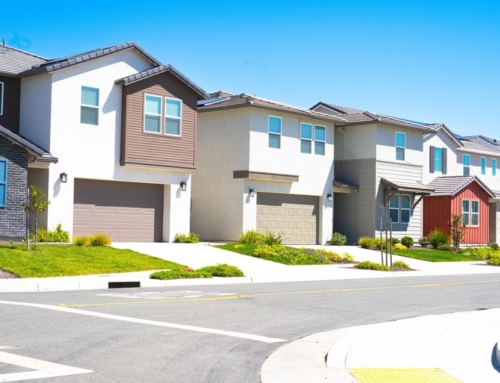
Thinking about investing in real estate? You’re not alone.
According to the latest figures from the National Association of Realtors, more than 40 percent of homes purchased in 2009 were bought by investors and second homeowners.
But real estate investing isn’t a “get rich quick” scheme. In fact, the same mistakes investors make when investing in stocks and bonds apply to real estate investors.
Don’t make these real estate investing mistakes:
1. Buying real estate on impulse.
Whether you’re buying stock, or a foreclosed townhouse to rent out, impulse buying is a bad idea. You need to know what you’re buying, and what the true value of the asset is, before you can make an informed decision.
While some might argue that picking up a house in a decent neighborhood (you’d have to know the neighborhood somewhat to make that determination, right?) for $1,000 at a foreclosure auction is a good thing, real estate requires plenty of cash for maintenance, upkeep, and real estate property taxes.
In other words, $1,000 upfront is only the beginning. Admittedly, if you can buy a brick ranch on a little bit of land in a good neighborhood, it’s hard to see where you can go wrong.
And, maybe you can’t. Maybe you’ll spend another $15,000 to $30,000 fixing up the house, replacing appliances, painting and repairing the roof and then rent it out for $600 to $800 per month. That’s a long-term win situation.
But in my experience, those sorts of “wins” only happen to those real estate investors who have already done their homework, know what they want to buy, have the means to put cash into the property, understand what repairs are needed, and have reliable contractors lined up that can do the work.
2. Failing to do your due diligence.
What kind of homework should you do before making an offer? You should try to determine what the “true value” is of the property. In my mind, true value means understanding what is happening in your neighborhood of choice economically and figuring out what properties are selling for relative to their list price.
If your neighborhood of choice is dotted with foreclosures, then you should be most interested in what foreclosures are selling for, so you don’t overpay for the property.
In addition, you need to understand what, if any, liens are attached to the property, and which liens will go away in a short sale or foreclosure and which ones will stay with the property.
Finally, be sure you understand exactly what kind of work the property needs so you don’t wind up paying $35,000 for the house, but having to put $50,000 to $80,000 into it to make it habitable.
Mold (or a damp smell in the house or basement), old water stains, and major structural cracks in the foundation are red flags because the fixes can be expensive. Be sure you understand what you’re getting into.
In one high-end foreclosure that I saw, the home was newly built but was damaged after the basement flooded. As the home was unattended, water was left standing in the basement for weeks, the floor and walls of the basement became waterlogged and moldy.
The mold spread throughout other parts of the home and what was once a home listed for $1,800,000 quickly became a home that sold in foreclosure for about $400,000. But even at that sales price, the new buyer had to invest thousands upon thousands of dollars fixing the mold problem and putting the home into a saleable condition. It recently came back on the market for about $900,000.
3. Forgetting that numbers matter.
If you’re buying stock, one of the most important numbers you can look at is the P/E ratio, or the relationship between the “price” of the stock and the “earnings” the company has and will have in the future. The P/E is typically used as an indication of where the stock market perceives where the company has come from and where its future growth may be.
When it comes to real estate, it’s a lot harder to calculate where prices would go. From 2002 to 2006, everyone believed that home prices would continue to go up for years, including the government. (If you look at the numbers behind the government-backed reverse mortgages, the paperwork assumes that home prices will rise 4 percent per year, indefinitely.)
Since no one knows where home prices are going, it’s safer to assume that home prices will remain stagnant (or drop further) in your neighborhood until all of the foreclosures have sold. Once you have eliminated foreclosures (a measure that the economy has stabilized), home prices can begin to go up.
How much? To be safe, plan on prices rising just ahead of the rate of inflation. Just remember that inflation is almost zero now. While some people expect inflation to accelerate in the future, you may want to be conservative in your planning and assume that inflation will remain low for the next several years.
When it comes to investing in real estate, there are other numbers that matter as much as home price appreciation. You have to look at how much you’re spending on fixing up the property (and maintaining it as the years go on) versus how much income the property can produce.
Real estate investors who don’t focus on income are only thinking about a one-time pop in value, probably thanks to improvements that have been made. In that kind of environment, novice real estate investors might lose money as they get hit by costs and fees they didn’t plan for ahead of time.
That’s particularly true when real estate investors make improvements to a property only to find out that they won’t get all of the money they put into those improvements when they sell the home.
Numbers matter. Profits matter. Or, at least they should matter to real estate investors.
Next week: more mistakes real estate investors should avoid making.






Leave A Comment